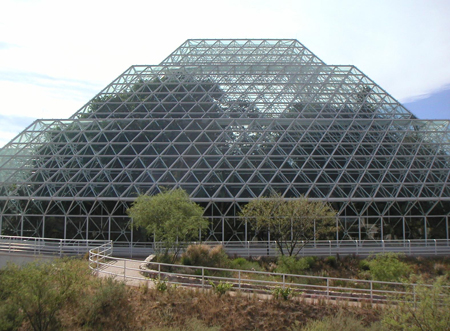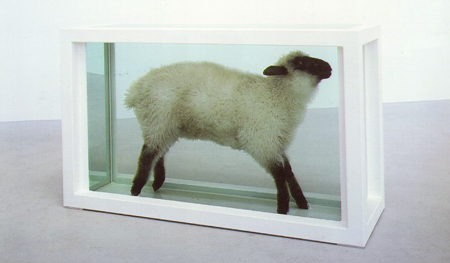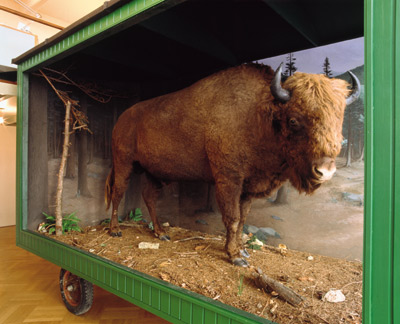Preservation of the Future
Preserving information and ensuring the transmission of knowledge from one generation to another is an ancient cultural activity. As a field within library and archival science, preservation is only a few decades old. It began primarily as item-level repair and conservation, deriving its original professional traditions and physical techniques in large part from the museum world. To the importance in that world of the repair and conservation of individual pieces deemed to be of special value as artifacts, preservation in libraries has added the significance of the archival value of the object as bearer of historical evidence. In a very short time, preservation has developed into a critically important part of managing library’s and museums most precious assets, its collection. Paradoxically, dedicated as it is to mitigating the deleterious effects of aging, preservation has rapidly become, along with computer applications, one of the most forward-looking fields in the library and archival profession. One step further is the predetermined preservation of all possible things representing the present. What do we preserve for the future?
Based on a text by Abby Smith.
Biosphere II in Arizona (funded by billionaire Ed Bass)

Biosphere 2 is a 3.15-acre (12,700 m2) structure originally built to be an artificial closed ecological system in Oracle, Arizona (USA). Constructed between 1987 and 1991, it was used to explore the complex web of interactions within life systems. It also explored the possible use of closed biospheres in space colonization, and allowed the study and manipulation of a biosphere without harming Earth’s. The name comes from the idea that it is modeled on the first biosphere, which is the life system on Earth. The first closed mission lasted from September 26, 1991 to September 26, 1993. The crew were: medical doctor and researcher Roy Walford, Jane Poynter, Taber MacCallum, Mark Nelson, Sally Silverstone, Abigail Alling (a late replacement for Silke Schneider), Mark Van Thillo and Linda Leigh. At a size comparable to two and a half football fields, it was the largest closed system ever created. The sealed nature of the structure allowed scientists to monitor the ever-changing chemistry of the air, water and soil contained within. The health of the human crew was continuously monitored by a medical team. After several month extra oxygen was needed from the outside world. Several animal species died and food was scarce. No mission was ever succesfull in the sense that Biosphere II proved to be a functional alternative to Biosphere I.
Mark Dion
Mobile Wilderness Unit, 2001 (290 x 170 x 380 cm)
Damien Hirst
Away from the Flock, 1994

